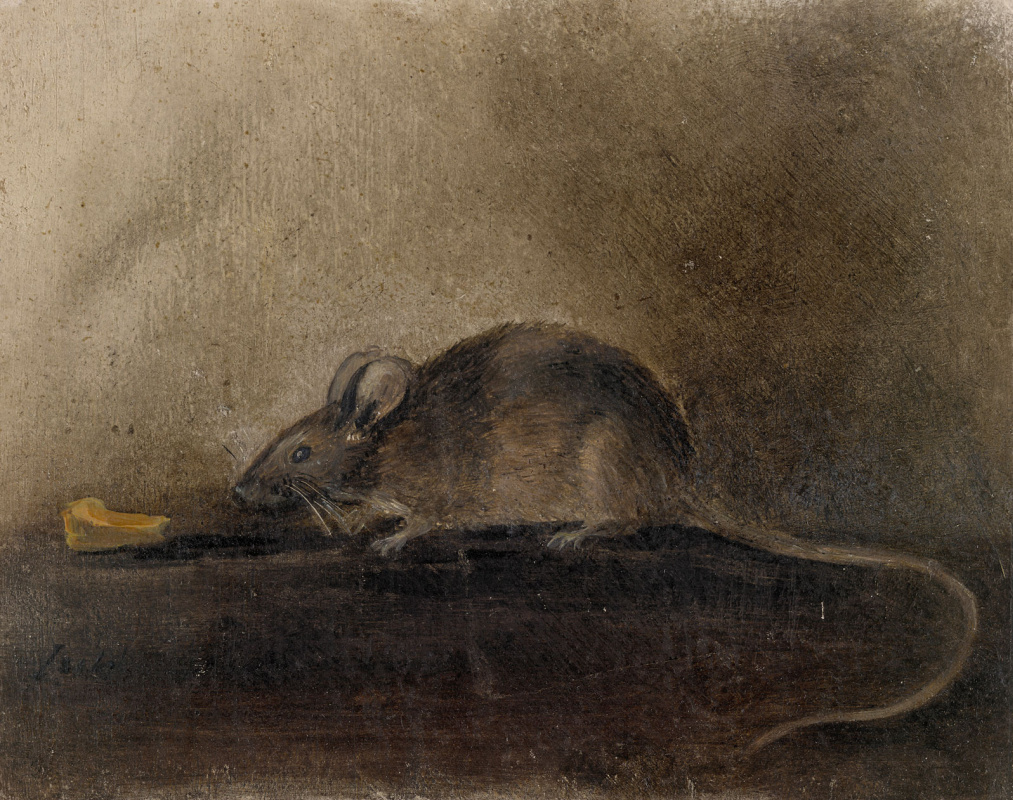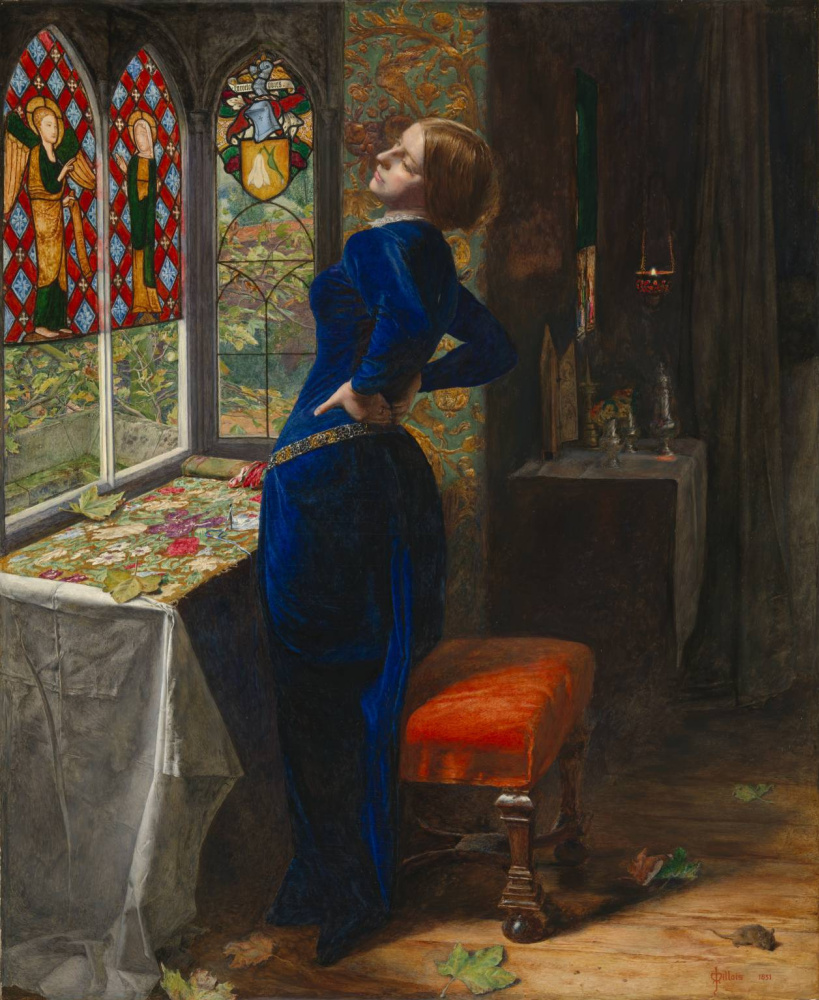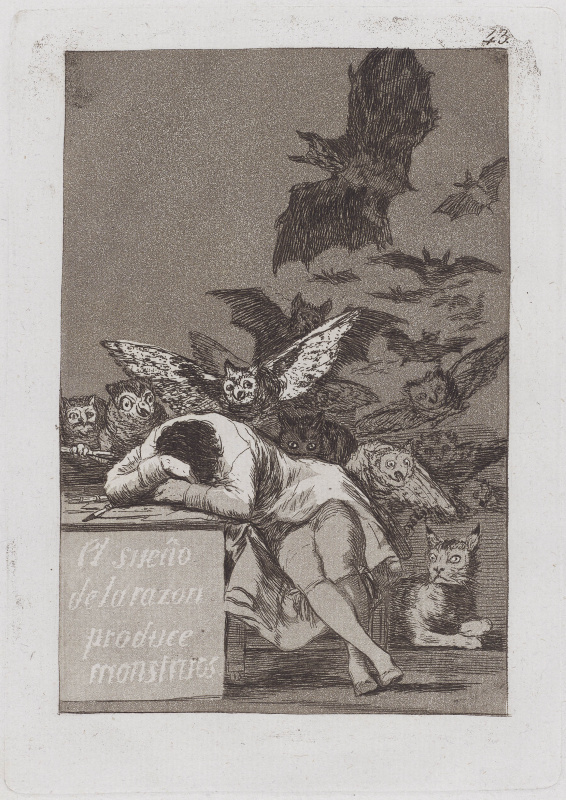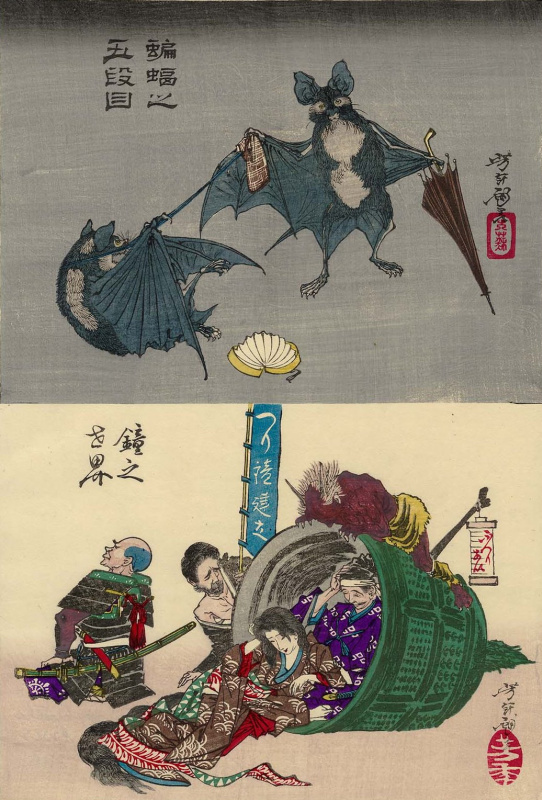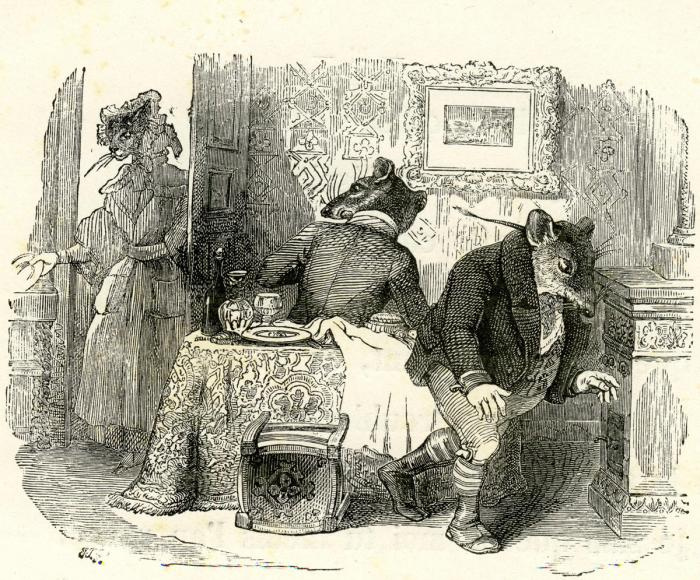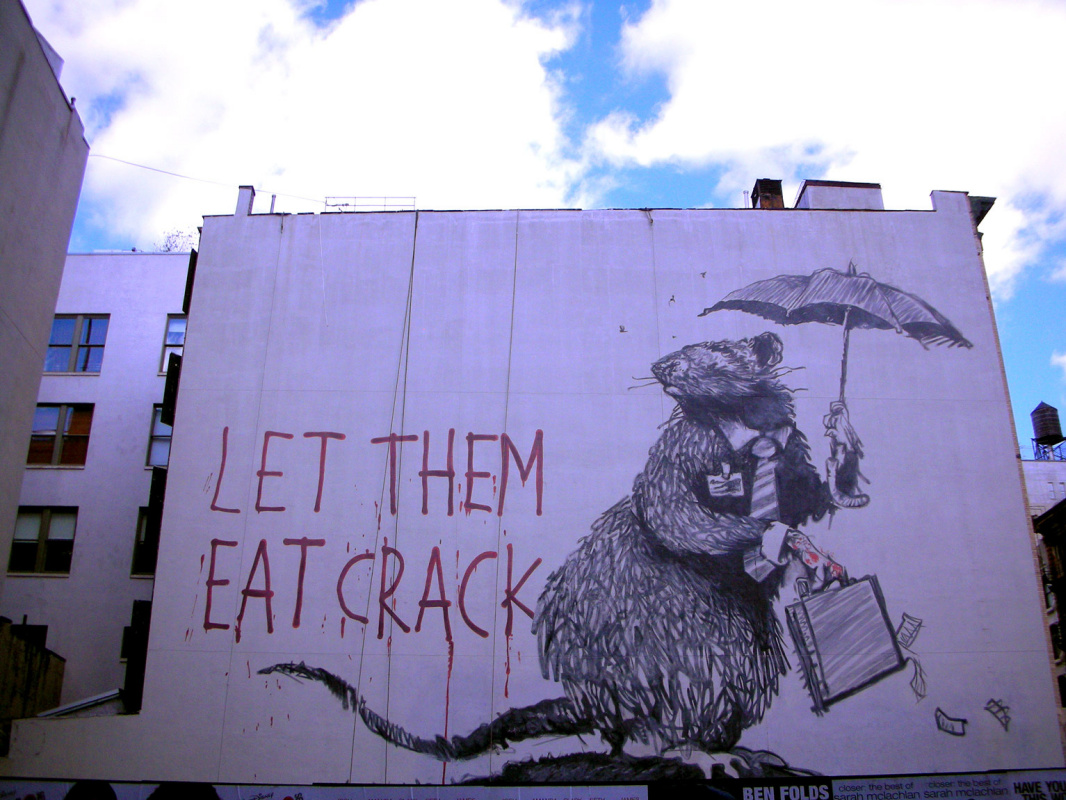These small creatures are known for their ability to survive even in the harshest conditions. Their symbolic value is directly related to their appearance and has changed over the centuries. In some cultures, mice and rats were idolized, while in others they were despised. For some, mouse was a symbol of innocence, while for others it meant diseases and black magic. And due to the fact that these animals live under ground, they are often considered the connecting link between the world of the living and the other world.

Mouse is a great example of the fact that the small size does not always indicate weakness. These animals are distinguished by their enviable stamina and ability to survive both intense heat and extreme cold. In addition, rats and mice adapt quite easily to different living conditions and can find food almost everywhere. Another valuable quality is caution and discretion. Because of their size, they mostly can’t give battle to predators, so their only way to survive is to always be on the alert.

Chinese ivory rat, 19th century
Images of mice and rats and legends about them can be found in a variety of cultures around the world, although the symbolic meaning of these creatures can be very different. In China, mice symbolize vitality and intelligence. In the culture of this country there are many sayings devoted to mice and rats: for example, a person can be said to be "more cunning than rats" or "fickle like a mouse".
Ancient Chinese tribes considered mice a symbol of success and prosperity, and also believed in their ability to communicate with the gods.
Rat is the first animal in the Chinese zodiac calendar. It is believed that people born this year possess such qualities as ingenuity, resourcefulness, versatility, kindness and grace.
Ancient Chinese tribes considered mice a symbol of success and prosperity, and also believed in their ability to communicate with the gods.
Rat is the first animal in the Chinese zodiac calendar. It is believed that people born this year possess such qualities as ingenuity, resourcefulness, versatility, kindness and grace.

Ganesha Riding a Rat
In Hindu mythology, rat is a faithful companion, or rather, the mount of Ganesha, the god of wisdom and prosperity. According to a legend, Ganesha during the battle turned a giant into a rat by breaking off and throwing his own tusk into it. In Japanese culture, rat also accompanies and serves as the messenger of the wealth god Daikoku.
Mice had an important symbolic meaning in the culture of Native Americans. For them, these creatures served as an example of the fact that small size is not an obstacle to great achievements. In the Blackfoot tribe, mice had a special status: they were considered brothers and helpers of people. Rats, in the shamanistic traditions of Native Americans, symbolize security and survival, since they are believed to have strong immunity. At the same time, rats in Celts were mostly presented as negative creatures: according to their beliefs, these animals brought misfortune.
Mice had an important symbolic meaning in the culture of Native Americans. For them, these creatures served as an example of the fact that small size is not an obstacle to great achievements. In the Blackfoot tribe, mice had a special status: they were considered brothers and helpers of people. Rats, in the shamanistic traditions of Native Americans, symbolize security and survival, since they are believed to have strong immunity. At the same time, rats in Celts were mostly presented as negative creatures: according to their beliefs, these animals brought misfortune.

Bronze mouse with mask, 1st century AD. British museum
Over the past 200—300 years, many small bronze mice sculptures have been discovered on the territory of the former Roman Empire
. According to historians, these figures had an exclusively aesthetic function: they decorated the covers of oil lamps and food containers, all kinds of coasters and railings. Two or three centimeter bronze mice were most often represented with nuts, cookies, or a piece of fruit in their paws.
Among all these numerous sculptures, one especially stands out — the mouse holding the theatre mask of Papposilen (according to mythology, he was the head of the satyrs and mentor of Dionysus). This character was one of the main in satirical performances: he led the unbridled satyr choir and honoured Dionysus, the god of wine and fertility. Most likely, the unknown sculptor who created the bronze mouse with the mask chose this animal as a symbol of Papposilen precisely because of its amazing fertility.
Among all these numerous sculptures, one especially stands out — the mouse holding the theatre mask of Papposilen (according to mythology, he was the head of the satyrs and mentor of Dionysus). This character was one of the main in satirical performances: he led the unbridled satyr choir and honoured Dionysus, the god of wine and fertility. Most likely, the unknown sculptor who created the bronze mouse with the mask chose this animal as a symbol of Papposilen precisely because of its amazing fertility.
Et in Arcadia ego
1622, 81×91 cm
However, the reputation of mice and rats was destroyed in the Middle Ages. They began to be associated with witchcraft and considered peddlers of the plague and other dangerous diseases.
Later, these animals began to appear in still lifes, including the Vanitas genre, as an additional reminder of the transience of earthly life and the short lifetime of all living creatures. In the same sense, a mouse eating a human skull appears in Giovanni Francesco Guercino's Et in Arcadia Ego. It is funny that two sad shepherds in this picture appear on another painting by Guerchino, Apollo and Marsyas, where they watch with the same sad faces the vengeful god skin a satyr.
Later, these animals began to appear in still lifes, including the Vanitas genre, as an additional reminder of the transience of earthly life and the short lifetime of all living creatures. In the same sense, a mouse eating a human skull appears in Giovanni Francesco Guercino's Et in Arcadia Ego. It is funny that two sad shepherds in this picture appear on another painting by Guerchino, Apollo and Marsyas, where they watch with the same sad faces the vengeful god skin a satyr.

Giovanni Francesco Guercino. Apollo and Marsyas (c. 1618)
Mice crept even into the famous Garden of Earthly Delights by Hieronymus Bosch. Among the huge number of subjects, it is not so easy to find: the animal sits in a transparent cylinder that "grows" from a strange plant. A transparent sphere lies at its top, with lovers enclosed in it. Perhaps here the mouse symbolizes carnal love and fertility.

However, mice in the pictures are not always symbolic. For example, John Constable in 1824 painted A Mouse with a Piece of Cheese — a portrait of his own pet named Jack. These animals, which do not symbolize anything but themselves, can be found in the works by Katsushika Hokusai. The artist sought to capture literally "everything in the Universe": the Buddha and mythical monsters, scenes from everyday life, people with funny faces and, of course, a huge number of different animals. In particular, one of his engravings depicts five white mice eating a traditional Japanese mochi cake.
Mouse with piece of cheese
1824, 10.1×13.3 cm

Hokusai’s engraving
with mice and cake
Moreover, on the canvas Mariana (1851) by John Everett Millais, a strikingly realistic mouse appeared almost by accident. Tragically for the animal itself, but very successful for the artist. In this picture, the mouse is the only living creature, except for the main character, a symbol of Mariana’s loneliness and desolation reigning around. Millais initially wanted to depict a mouse on his canvas, and once during his work he saw a living animal in his workshop. The artist threw his briefcase on the mouse, and the animal died, according to Millet, "in its best position for drawing".
Mariana
1851, 59.7×49.5 cm
Talking about the "relatives": in the Melancholy engraving
by Dürer, a bat holds a banner with the inscription "Melancholy I", and this may imply that melancholy is such a special, purely nocturnal state, some twilight of consciousness, when the meanings inaccessible to daytime rational consciousness can unexpectedly revealed to a person.
In the 19th century, mice and rats became frequent subjects of satirical caricatures and cartoons. The grotesque anthropomorphic rats often appeared in the works by the famous French illustrator and cartoonist Jean Granville. For example, in one of the works of his series Public and Private Life of Animals he portrayed the impoverished "church mouse" and illustrated Jean de Lafontaine’s fable "The Town Mouse and the Country Mouse" (Aesop's fable paraphrasing). The famous English illustrator Arthur Rackham later addressed to the same story.
And finally, at the end of the twentieth century, the image of the rat became an important symbol for street artists around the world. Many of them compare themselves with these animals, because they also have to hide, often work under the cover of darkness and always be on the alert because their work is considered illegal. Banksy once said: "If you feel dirty, insignificant or unloved, rats are a good role model. They exist without permission, they have no respect for the hierarchy of society, and they have sex 50 times a day."
Let them eat crack
2008
Title illustration: Robert Bateman, White-Footed Mouse







